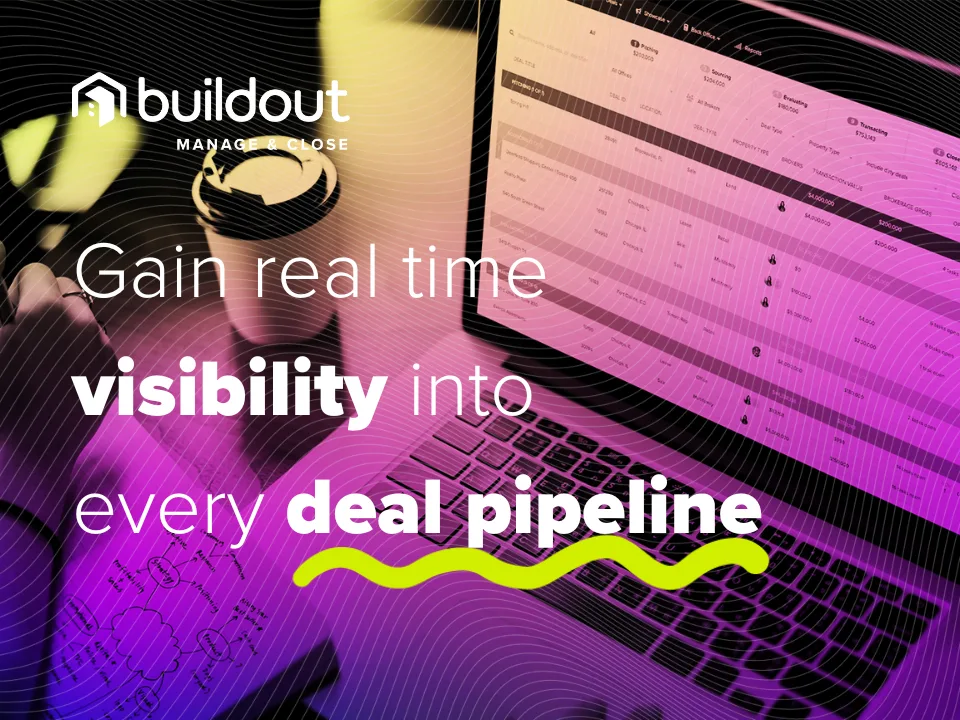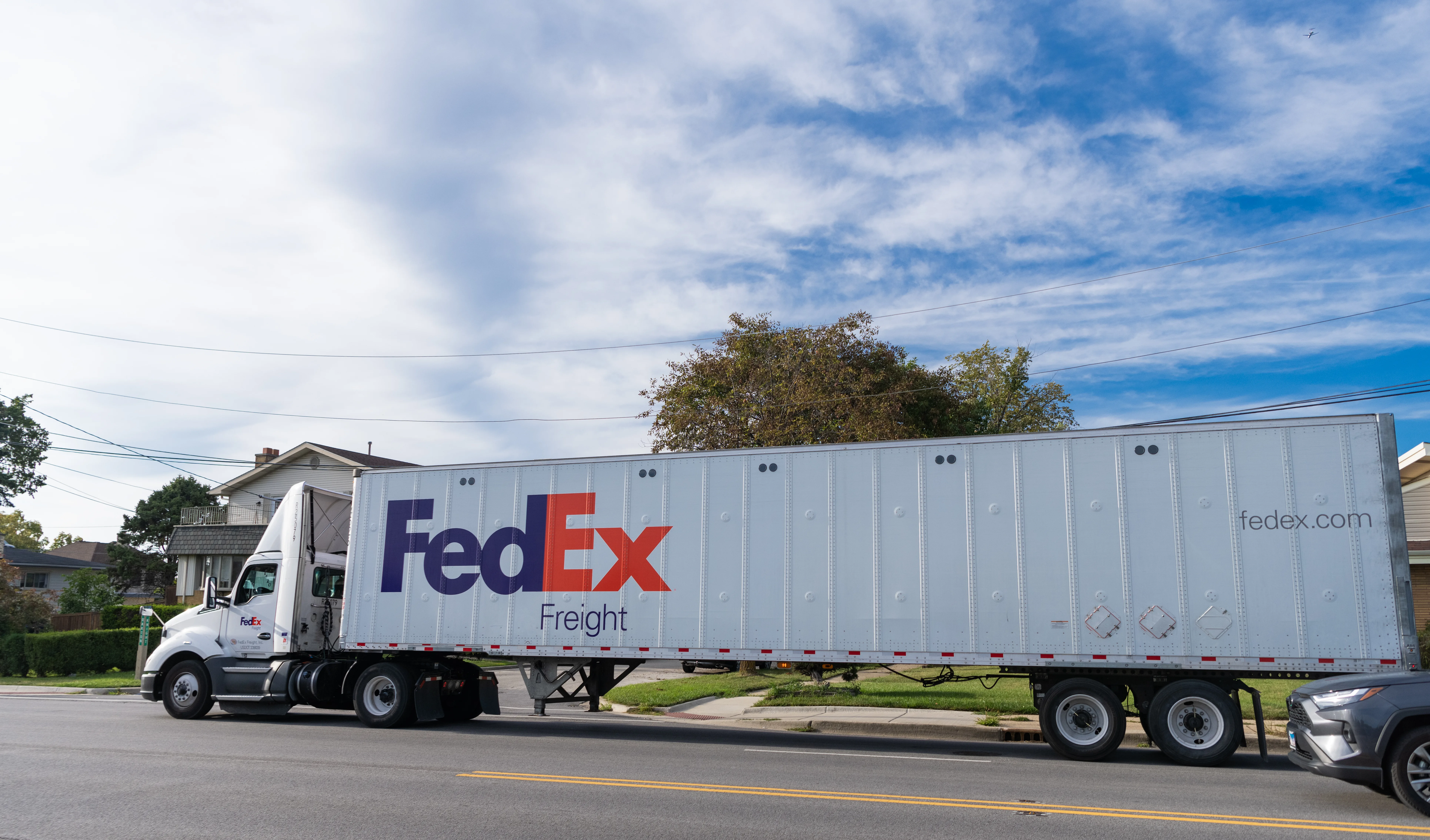Introduction:
When evaluating a potential rental property or underwriting a potential loan, one of the first documents requested is the property’s “rent roll” or “rent roll report.”
A rent roll is an essential document that lists all the tenants in a property. It’s a crucial part of the due diligence process in real estate investing, typically provided by the current owner or property management company.
Key Takeaways:
- A rent roll provides key information about the tenants occupying a commercial rental property.
- Its format may vary, but it typically includes tenant names, square footage leased, rental rates, lease start and end dates, and unit numbers.
- Analyzing the rent roll can provide insights into tenant concentrations, property vacancy, potential rental income, and the lease rental rate’s comparison to market rent.
How it Works:
A rent roll is typically stored in a spreadsheet, with each piece of information represented as a column. Although the actual format can vary, the rent roll serves as a critical tool in understanding the health of a property.
From an investor’s perspective, analyzing the rent roll during the pre-purchase due diligence process is key to making an informed investment decision. For bankers and lenders, the rent roll is a critical part of the loan underwriting process.
Key Components:
All rent rolls contain basic data points, such as tenant names, square footage leased, rental rates, lease start and end dates, and unit numbers.
The format of the rent roll can vary, ranging from an Excel file to a printed report, but they all contain the same general information.
Benefits:
- Understanding Tenant Information: The rent roll provides key insights into the tenants occupying a commercial rental property, enabling the evaluation of tenant concentrations and potential risks associated with vacancy.
- Evaluating Rental Income: Analyzing the rent roll allows for an assessment of potential rental income, helping investors determine if the property’s income aligns with their investment objectives.
- Comparing Rental Rates: By comparing the lease rental rate to market rent for comparable properties in the same market, investors can assess if the property is priced competitively.
Takeaway:
A rent roll is a critical tool in the commercial real estate due diligence process.
It provides key information about the tenants occupying a property and offers insights into tenant concentrations, potential rental income, and the property’s competitiveness in the market.
Whether evaluating a potential rental property or underwriting a loan, understanding the rent roll is essential for informed decision-making.
When analyzing a rent roll, it’s advisable to seek professional advice and work with experienced professionals to ensure accurate and comprehensive evaluation.
Disclaimer: The information on this website, including glossary definitions, is for educational and informational purposes only and not intended as professional advice. While we strive for accuracy, we make no guarantees regarding the completeness, reliability, or timeliness of the information provided. We are not liable for any loss or damage arising from your use of the site. Investment decisions in commercial real estate should be made based on individual due diligence and professional advice. Laws and regulations are subject to change; always consult legal and financial experts before making decisions.
Sources:











